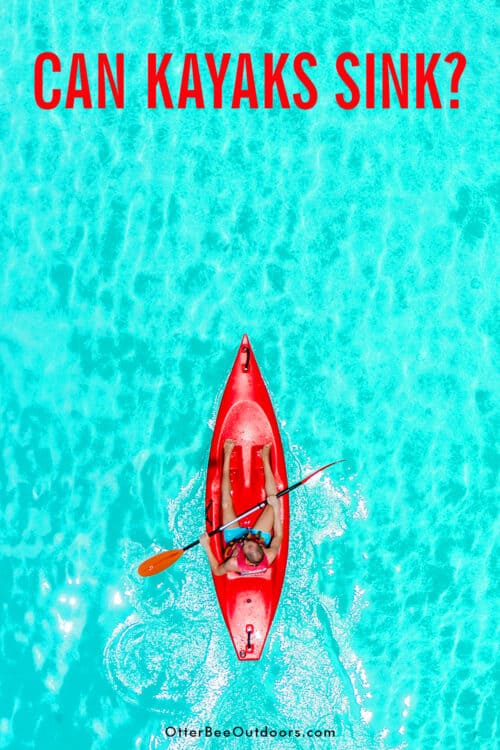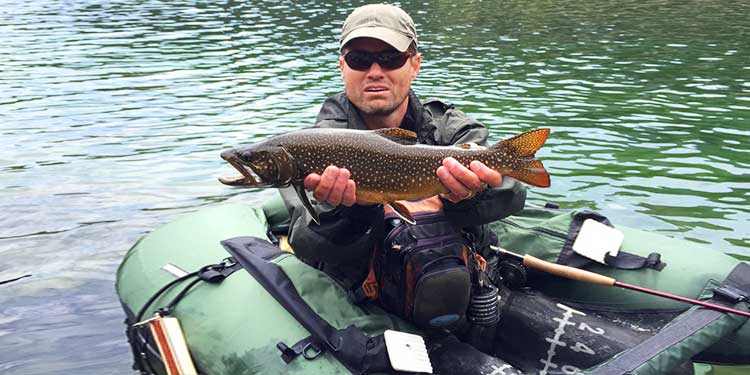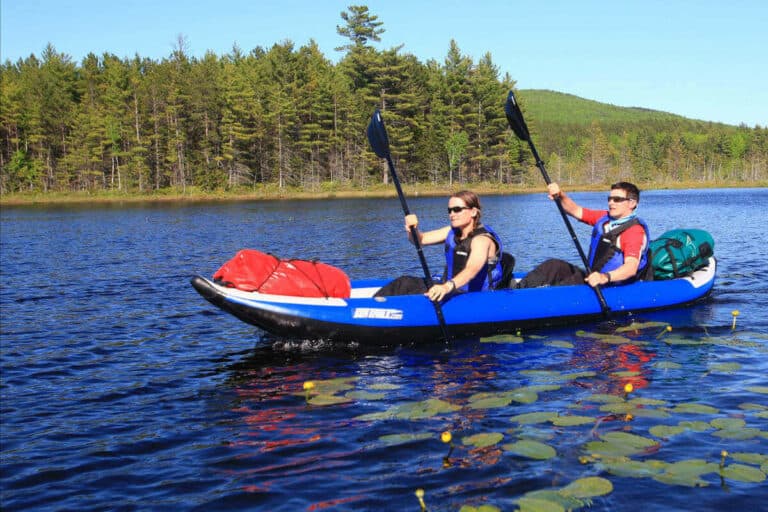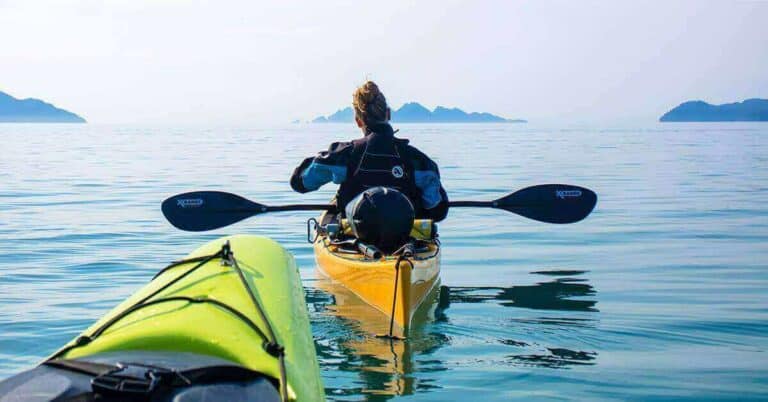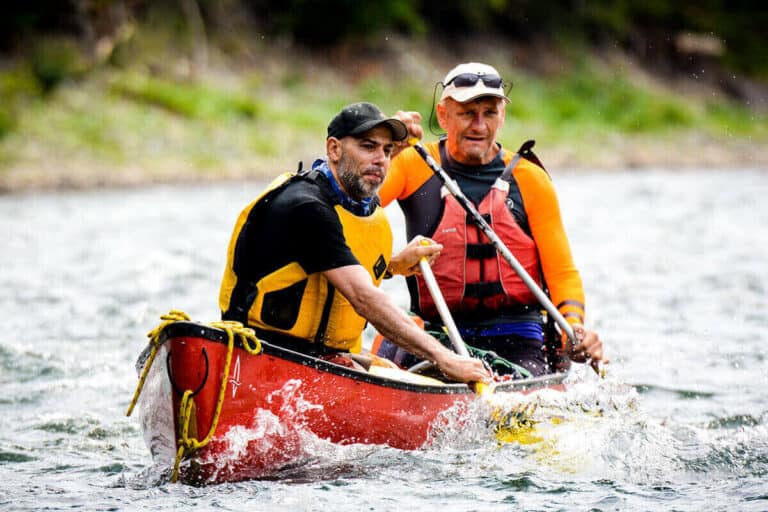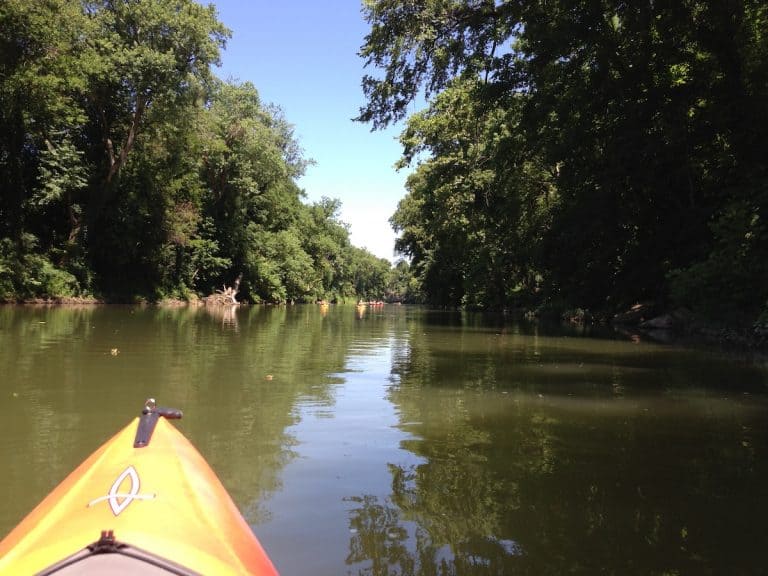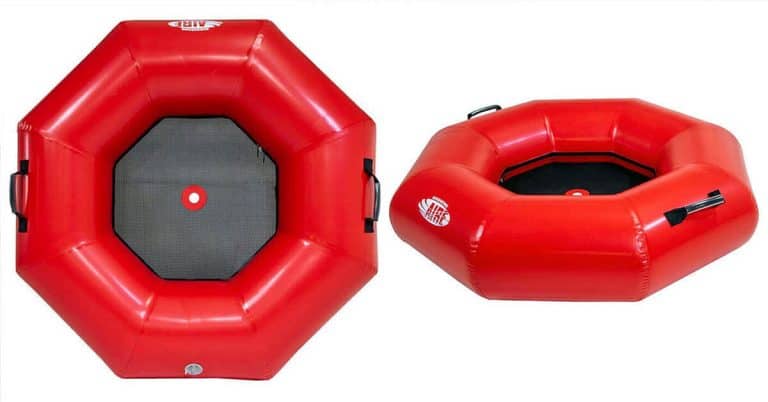Disclosure: I am compensated for purchases made through some links on this site. Click for details.
While kayaking is a recreational activity enjoyed by many, it raises a practical concern about the vessel’s ability to stay afloat. A common question posed by both beginners and seasoned paddlers alike is whether a kayak can sink. Addressing this concern, it is important to note that kayaks are designed with buoyancy in mind, yet under certain circumstances, sinking is possible.
Understanding the fundamental principles behind a kayak’s buoyancy helps in recognizing why and how a kayak can remain above water. However, there exist risk factors and scenarios that can challenge a kayak’s inherent stability. Awareness and preparedness are key in mitigating these risks, which includes having appropriate safety gear, knowledge of the kayak’s stability traits, and how to effectively deal with capsizing.
Maintenance and routine care of the kayak also play a crucial role in preventing situations that could lead to sinking. Ensuring that the kayak is in good condition, free from damage, and used within its intended capacity and environment are essential preventive measures. Regular checks and understanding the limits of your kayak will contribute to a safe and enjoyable experience on the water.
Key Takeaways
- Kayaks are designed to float but can sink under certain conditions.
- Risk factors can be mitigated with proper safety measures and understanding stability.
- Regular maintenance and care are essential to prevent sinking.
Fundamentals of Kayak Buoyancy
The ability of a kayak to remain afloat is a critical aspect of its safety and functionality. This section delves into the principles of kayak buoyancy, how design plays a role, and the materials that contribute to a kayak’s buoyant characteristics.
Understanding Buoyancy
Buoyancy is the force that allows a kayak to float on water. It counteracts the force of gravity and is governed by the principle that a vessel will float when the weight of the water it displaces is equal to the weight of the vessel. Sit-on-top kayaks and sit-in kayaks exhibit this principle through their hollow, airtight design, which contains trapped air, adding to the overall buoyancy.
Kayak Design Elements Impacting Buoyancy
When designing a kayak, specific elements are crucial to ensure it remains buoyant:
- Hull Shape: The form of the hull affects water displacement and stability.
- Airtight Compartments: Sealed hatches and compartments increase safety by providing additional floatation.
- Foam Inserts: In some kayaks, foam blocks or inserts aid in keeping the vessel afloat, especially when capsized.
Each of these components must work together to maintain the vessel’s buoyancy, even when filled with water.
Material and Construction
The material used in a kayak’s construction greatly influences its buoyancy and durability:
- Plastic: Durable and impact-resistant, often used in recreational kayaks.
- Fiberglass: Light and stiff, offering a performance edge but at a higher cost.
- Wood: Less common but provides a unique aesthetic and natural buoyancy.
- Inflatable Kayaks: Made of PVC or vinyl, they can be very buoyant due to their high air volume.
- Foam: Can be used inside the sealed hull to enhance buoyancy.
Regardless of the material, construction needs to ensure airtight integrity to safeguard the kayak’s ability to float.
The Risk Factors of Kayak Sinking
There are several factors that contribute to the potential sinking of a kayak. These encompass both inherent issues with the kayak itself and external water conditions. It’s crucial to understand these risk factors to maintain safety on the water.
Potential Causes of Sinking
Gravity is a fundamental force that acts on all objects, including kayaks, drawing them downward. When a kayak is overloaded or improperly balanced, it becomes more susceptible to sinking. Hull damage, such as punctures or leaks, compromises the kayak’s buoyancy, leading to water ingress and increased risk of sinking. Moreover, inexperience can result in improper handling or response to water ingress, exacerbating the situation.
The Role of Water Conditions
Water conditions can significantly impact the risk of sinking. Rough waters, including high waves and strong currents, can fill the kayak with water, especially if it’s been compromised by damage or overloading. Staying within the advised weight limit and being mindful of the weather conditions can reduce the chance of a kayak becoming overloaded and taking on water, ultimately preventing it from sinking.
Safety Measures and Gear
In kayaking, the safety of the paddler is paramount, and certain measures and equipment are essential for preventing and responding to any incidents that may occur. Proper gear and knowledge of how to use it can significantly increase one’s safety on the water.
Essential Safety Gear
For any kayaker, the must-have safety gear includes a personal flotation device (PFD), preferably a life jacket designed for paddling. Kayaks should have bulkheads or flotation bags in both the bow and stern to provide additional buoyancy force in the event of capsizing. Sit-inside kayaks, with their enclosed cockpits, should be equipped with a spray skirt to prevent water ingress, and all gear must be securely fastened to avoid loss and maintain the kayak’s weight capacity.
Effective Use of Bilge Pumps and Drain Plugs
Every kayak, particularly sit-inside kayak types, should have a bilge pump and drain plug accessible. The pump helps remove water from the cockpit or sealed hulls, maintaining the buoyancy force necessary to keep afloat. Drain plugs are vital for emptying any water that has accumulated inside the hull, and should be checked to ensure they fit securely before every trip.
The Importance of Life Jackets
Wearing a well-fitted life jacket is not just a safety recommendation but a critical practice for all kayakers, regardless of kayak type or experience level. A life vest or personal flotation device (PFD) should always be worn as it provides the buoyancy needed to stay on the water’s surface, especially if one’s kayak capsizes. Life jackets are designed to fit different body sizes and should always meet regulatory standards for the intended type of kayaking activity.
Related Content: What Causes a PFD to Wear Out Over Time? Find Out Now!
Understanding Kayak Stability
Kayak stability is crucial for ensuring safety and enhancing performance while on the water. It is affected by design elements including the kayak’s center of gravity and hull shape. The right balance can offer a more secure kayaking experience, making it less likely for the vessel to tip or sink.
Stability in Different Kayak Types
Kayaks are designed with varying degrees of stability based on their intended use. For instance, recreational kayaks tend to have a wider beam, providing greater primary stability—the initial steadiness one feels when the kayak is at rest on flat water. Touring and sea kayaks, with their longer and narrower hulls, might feel less stable at first but offer improved secondary stability, demonstrating steadier behavior when tilted or in rough waters.
How to Maintain Stability While Kayaking
Maintaining stability while kayaking requires attention to both the kayaker’s actions and the kayak’s features. A low center of gravity helps reduce the likelihood of capsizing, and this can be achieved by keeping gear stowed properly and sitting low in the cockpit. Utilizing an inflated paddle float or paddle leash can assist in self-rescue situations, providing additional buoyancy to your paddle. When paddling, kayakers should use strong, confident strokes and engage their core to maintain balance, especially in choppy conditions.
Dealing with Kayak Capsize and Recovery
Understanding how to prevent a kayak capsize and master recovery techniques is crucial for every paddler. These skills not only improve safety but also enhance confidence during paddling excursions.
Preventing Capsizing
To prevent capsizing, paddlers should distribute weight evenly and avoid sudden movements. It is essential to understand the kayak’s limits and practice balance in various conditions. Properly securing gear inside the cockpit reduces the likelihood of a kayak flipping over.
Recovering from a Capsize
In the event of a capsize, staying calm is the first step in a successful recovery. Paddlers often perform a wet exit by removing the spray skirt, emerging from the cockpit, and then righting the kayak. To reduce the chances of the kayak sinking, one should quickly re-enter the kayak, either by scooping or by using a paddle float if alone, or with the assistance of another paddler.
Maintenance and Care to Prevent Sinking
Effective maintenance and care are pivotal for kayak safety and buoyancy. Ensuring hull integrity and proper storage are fundamental to prevent a kayak from becoming swamped.
Regular Inspection for Hull Integrity
Scupper holes, which are found in sit-on-top kayaks, must be regularly inspected to prevent blockages that can lead to water logging. Kayakers, especially beginners, should check for any damage or cracks in the hull that could admit water, making the boat prone to sinking. Using marine-grade foam for repairs can offer temporary buoyancy if damage is detected, but proper, prompt repair is crucial.
Proper Storage and Handling
When storing a kayak, keep it out of direct sunlight and away from areas where it may collect water or be exposed to excessive heat or cold, which can degrade the hull material and lead to a compromised structure. Boats should be stored either on their side or hanging from wide webbing straps that distribute weight evenly, which can help prevent warping. Careful handling is important to avoid damage that can make the vessel prone to taking on water faster during use.
Conclusion
ayaking combines the thrill of exploration with the beauty of nature, but it also demands a keen understanding of safety and buoyancy. Kayaks are engineered to float, yet they can sink under certain conditions such as overloading or damage. It is essential for every paddler to be aware of these risks, conduct regular kayak maintenance, and equip themselves with the necessary safety gear.
Understanding your kayak’s stability, coupled with the right safety practices, is key to a safe kayaking experience. This includes regular inspections for hull integrity and wearing a life jacket at all times. By embracing these safety measures, kayakers can ensure their well-being and enhance their enjoyment on the water.
Remember, while the design of kayaks aids in buoyancy, the responsibility for a safe journey lies in the hands of the paddler. Awareness, preparedness, and respect for both the sport and the environment are crucial. Safe kayaking not only protects you but also enriches your connection with the natural world.
